Hello friends!
I'd like to share with you my experience of visiting the Dar Jamai museum in Meknes. Believe me, this place transports you to another world. As soon as you enter, you feel as if you've stepped back in time. I want to take you with me on this journey.
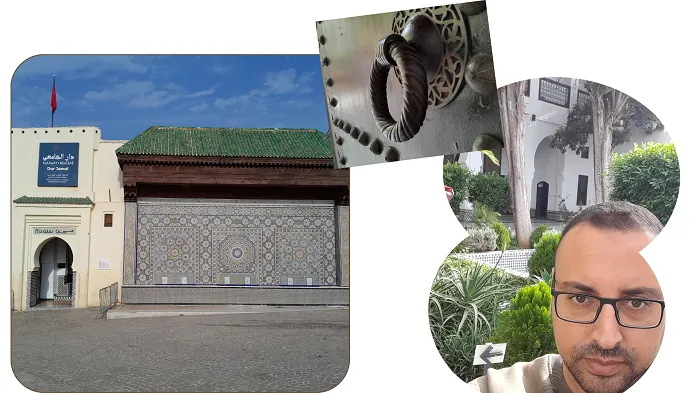

The exterior façade of the Dar Jamai Museum: The building is characterised by traditional elements of Islamic architecture, including a roof covered in green tiles and a wall decorated with mosaics forming complex geometric patterns. This magnificent façade highlights the beauty of Moroccan architectural art. The mosaic wall reflects the skills of Moroccan craftsmen and their rich history.
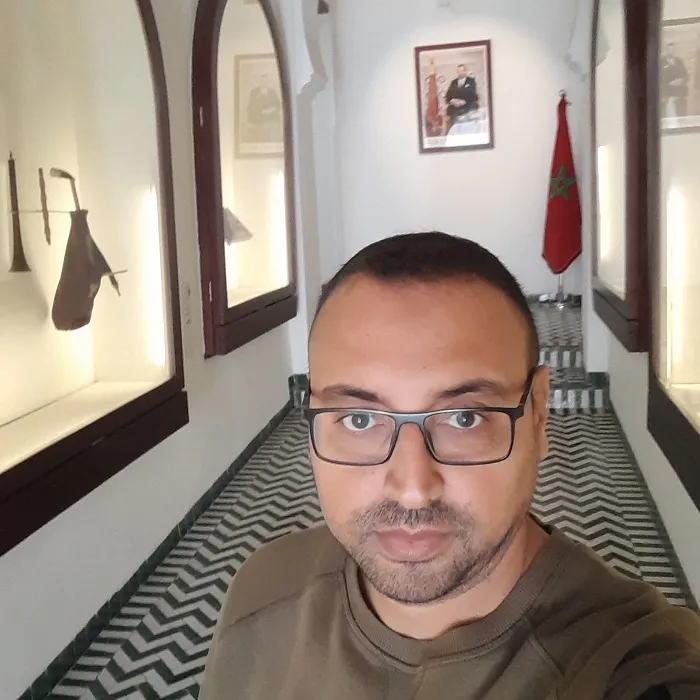
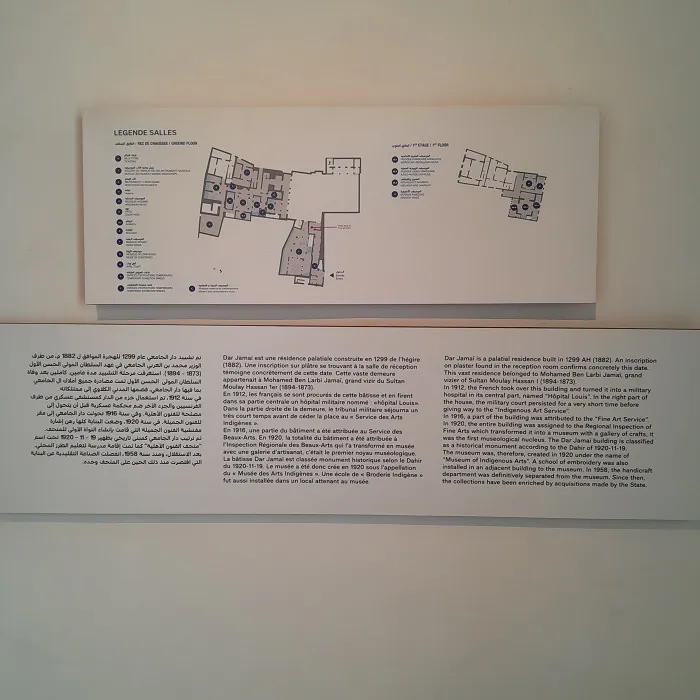
The sign gives visitors an overview of the museum's layout and the history of Dar Jamaï in three languages: Arabic, French and English.
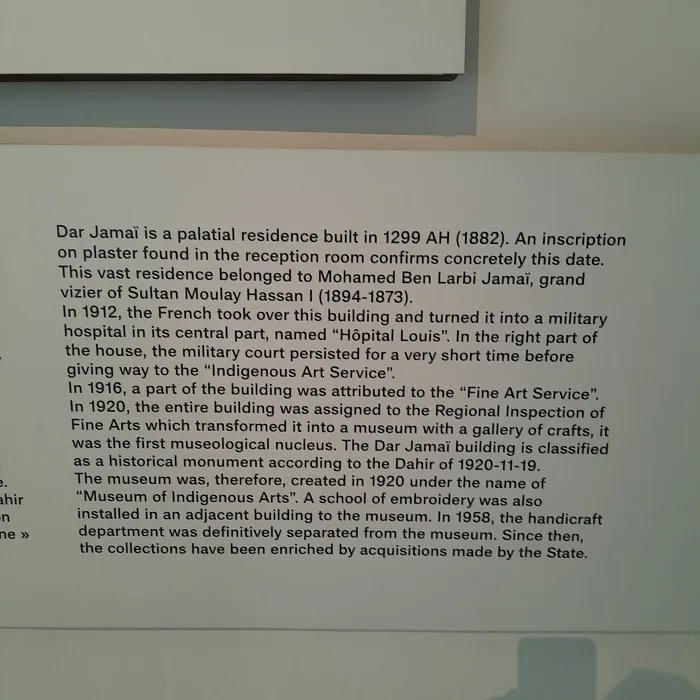
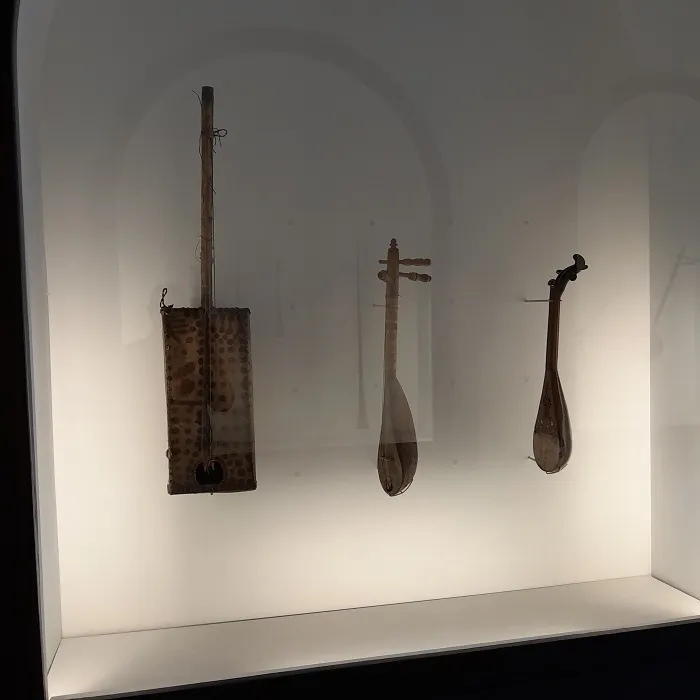
This showcase features three traditional Moroccan musical instruments. Each instrument has its own shape and size, and their design highlights the traditional art of Moroccan music. The instrument on the left has a rectangular body and a long neck, the one in the middle has a round body and a short neck, while the one on the right has an elongated body and a curved neck.
These historic musical instruments illustrate the dexterity of Moroccan craftsmen in making instruments, each with a story and a sound that enrich Morocco's musical heritage.
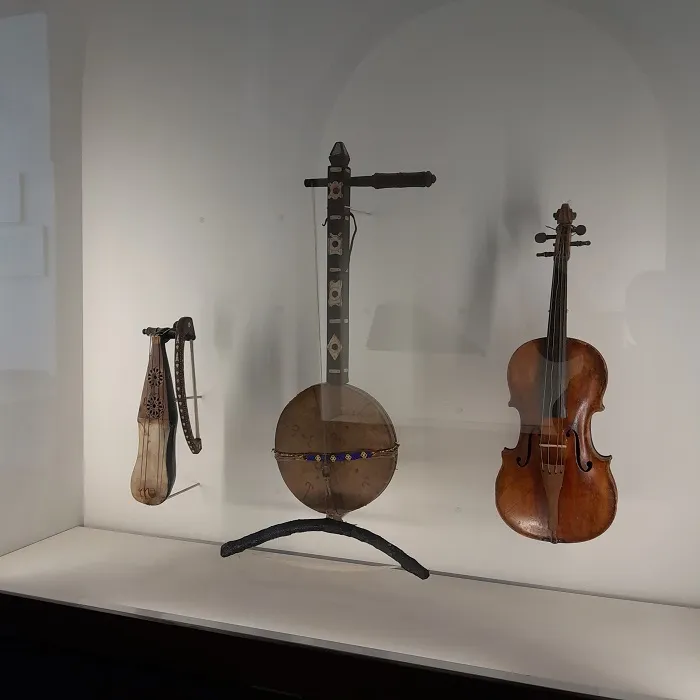
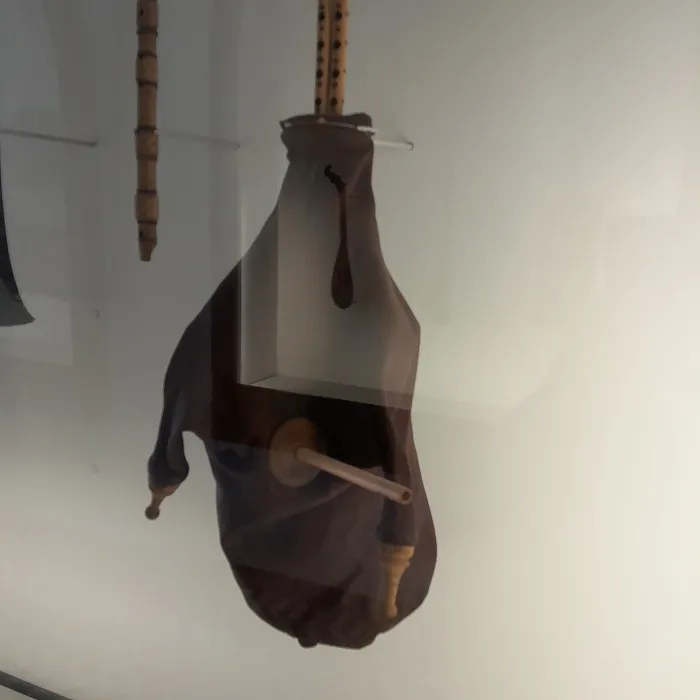
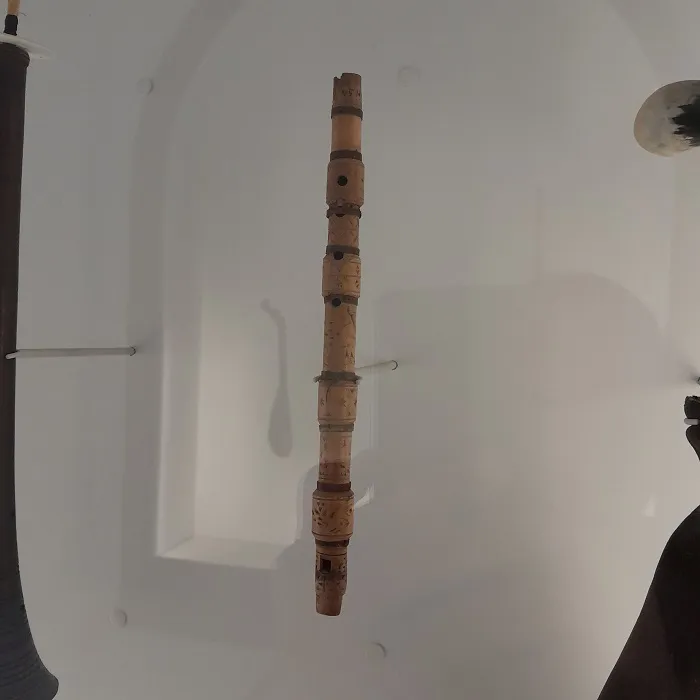

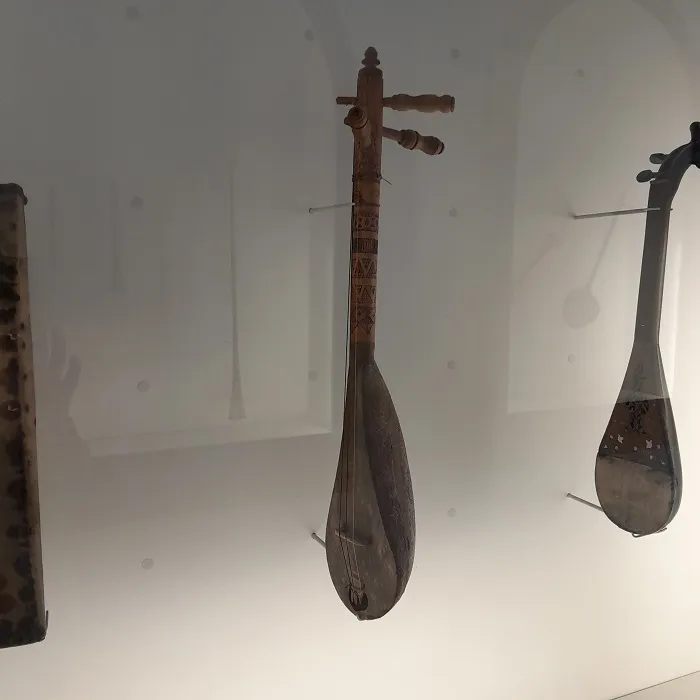

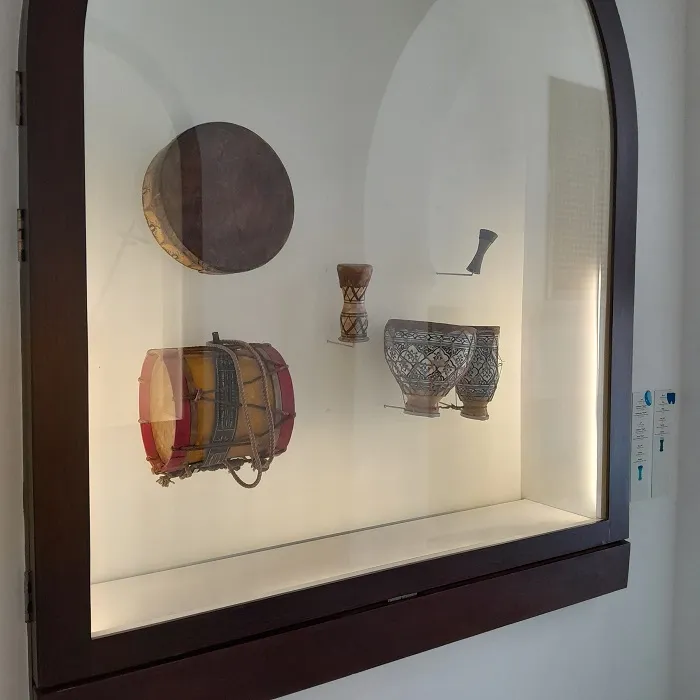
All these showcases are in the entrance corridor to the museum !
I'm now going to go inside the old palace!

These different elements of traditional Moroccan architecture and design really caught my attention! Each element reveals magnificent, artistic details that are characteristic of the Dar Jamaï museum:
A wooden gate with fine metalwork and a decorative handle. There's also a small cylinder next to the door, with the same metal motifs.
A finely carved wooden piece of furniture sits on a floor tiled with green and white patterns.
A close-up of a decorative door handle, showing its interlaced design and the metal engravings around it.
A corridor with two large wooden doors, each decorated with intricate patterns and metallic details, leading to separate rooms. The floor is also tiled with green and white geometric patterns.
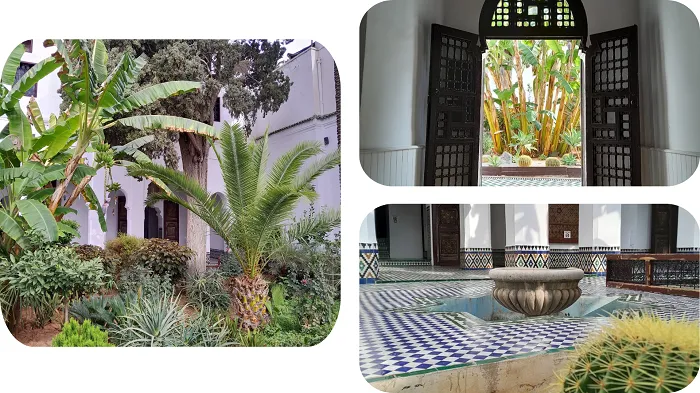
This museum is truly a treasure trove, and what charmed me most was its magnificent garden. As I entered, I was immediately transported into a world of colours and scents.
The garden is filled with exotic plants and bright flowers that add a touch of magic to the place. I loved wandering through the paths, where every corner holds a new surprise. There's a sense of peace here, away from the hustle and bustle of the city!
It was a real pleasure to see people enjoying this unique space, while taking the time to admire the details that make the museum so charming.
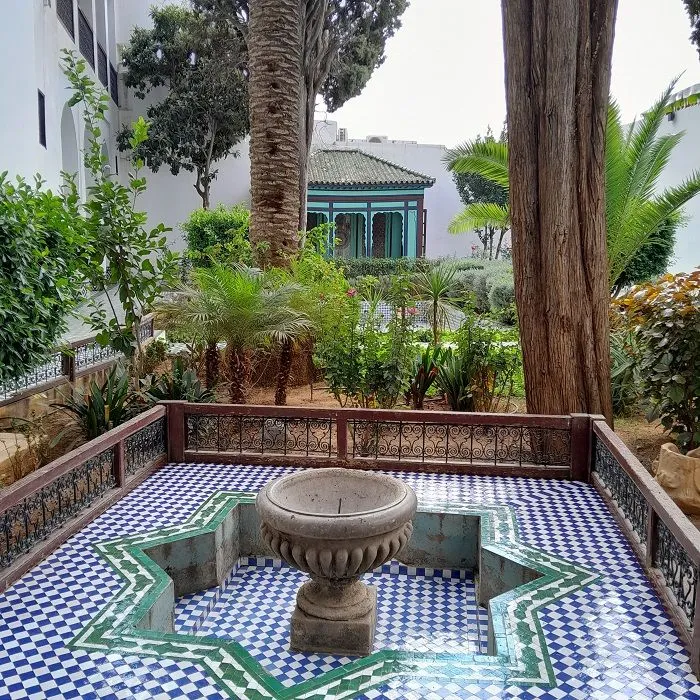
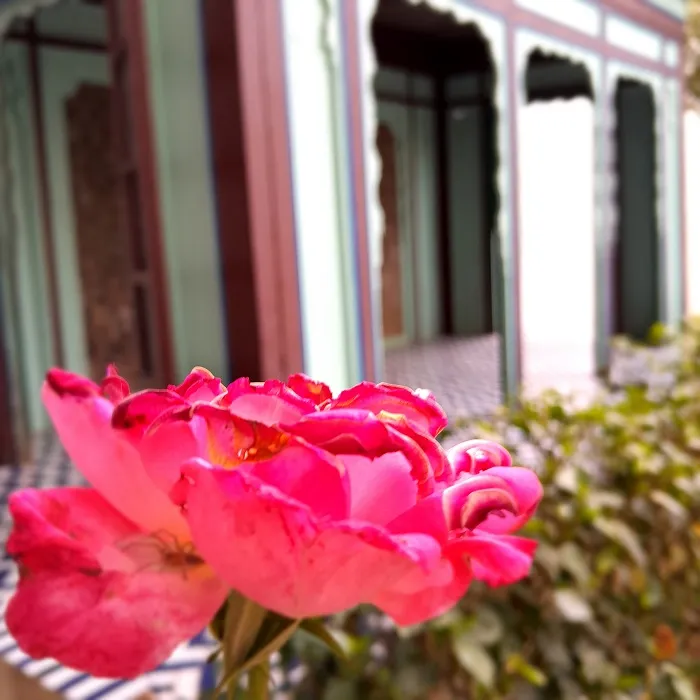
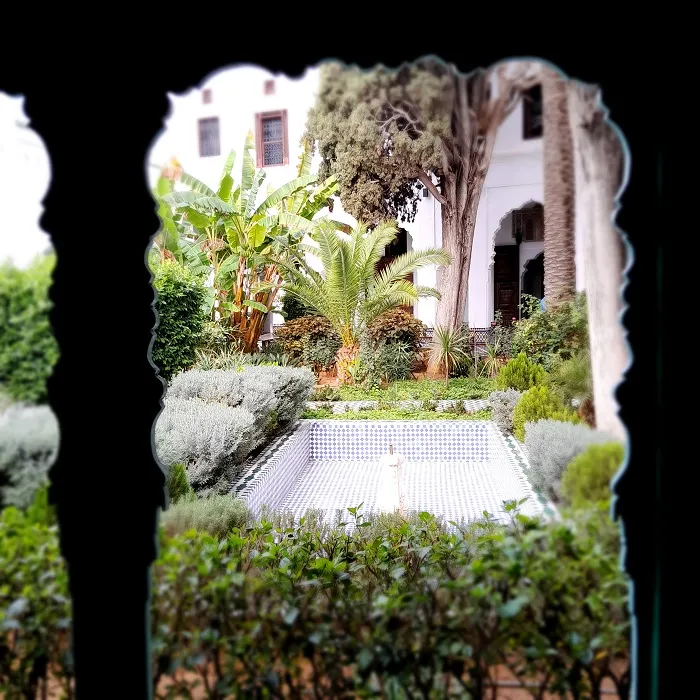

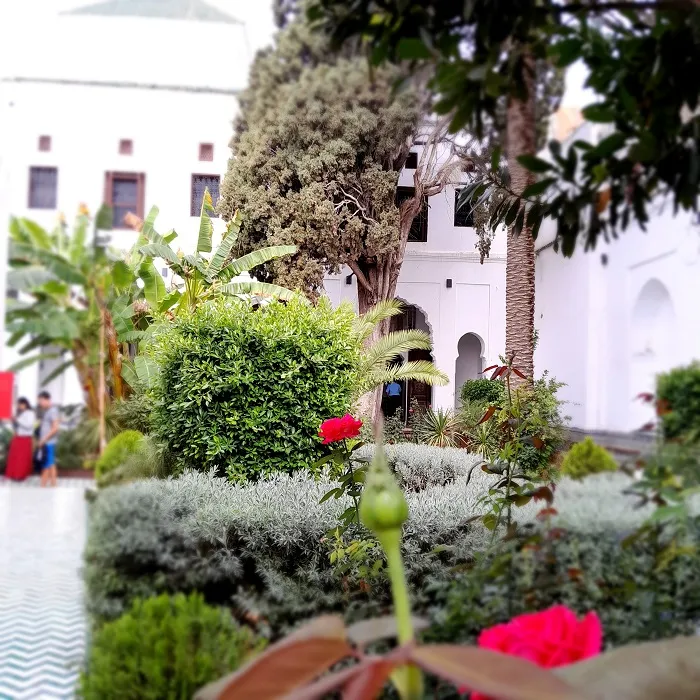
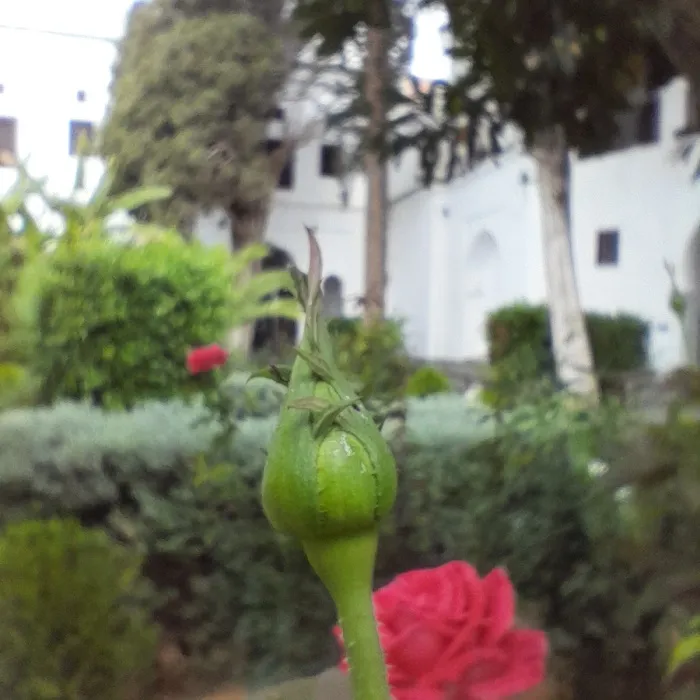
As in the corridor at the entrance, I also found plenty of beautiful traditional musical instruments, such as the guembri or the oud. These instruments are not just beautiful works of art, they reflect the musical richness of Morocco. They remind us that music occupies a central place in the cultural life of the country, accompanying celebrations and moments of joy.
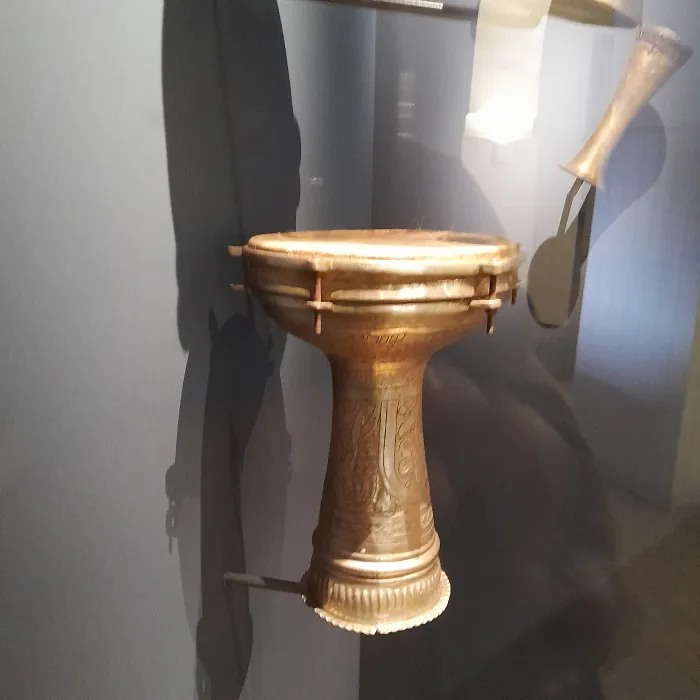
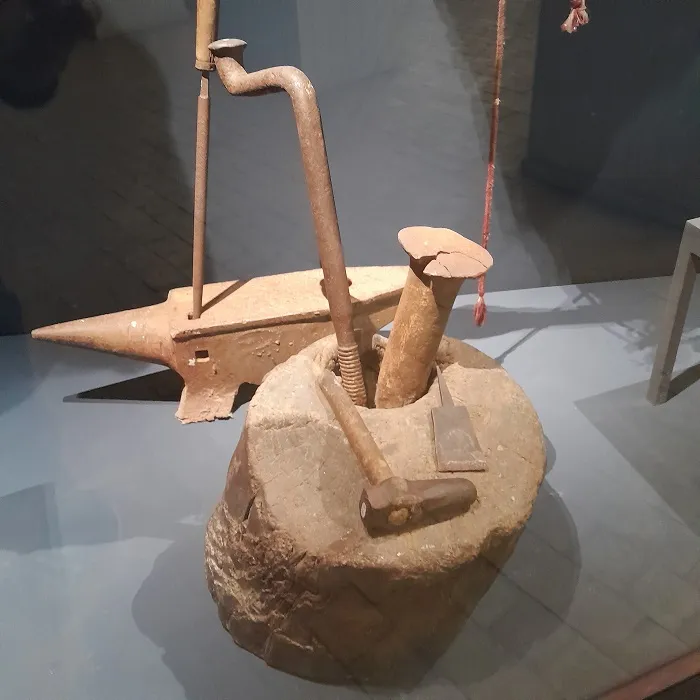

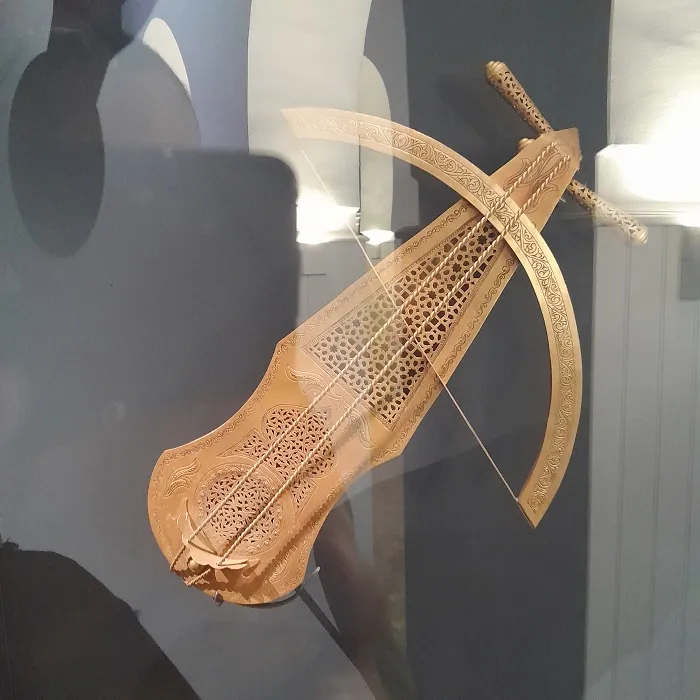
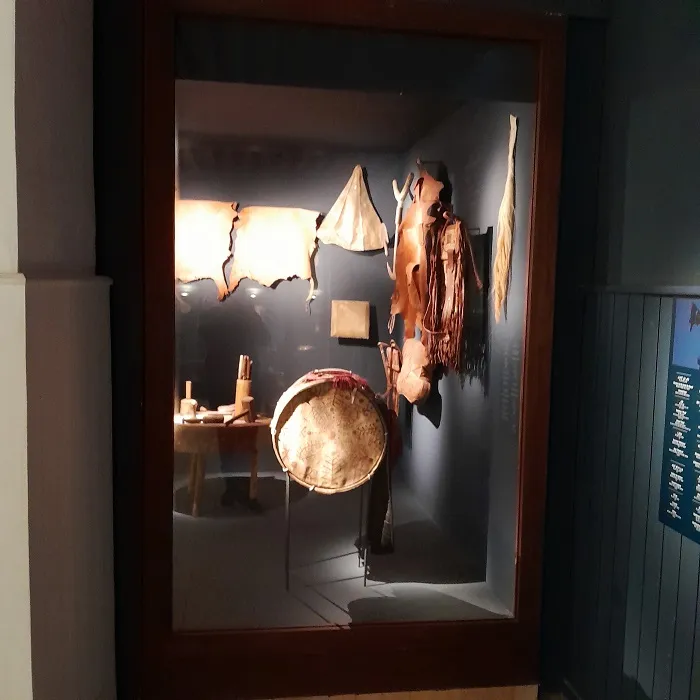
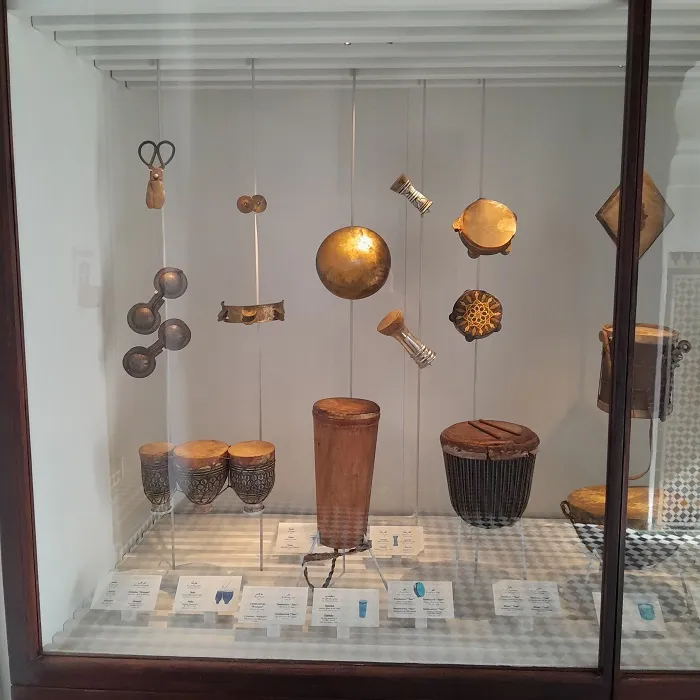
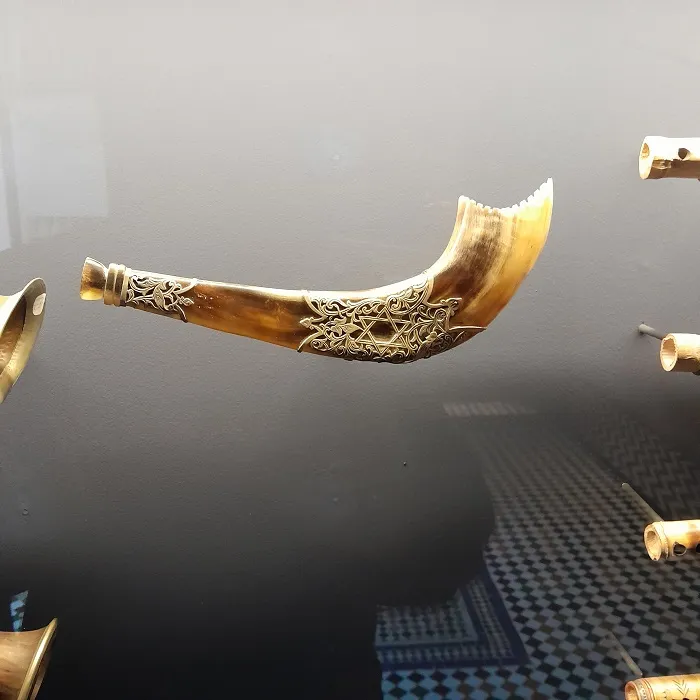
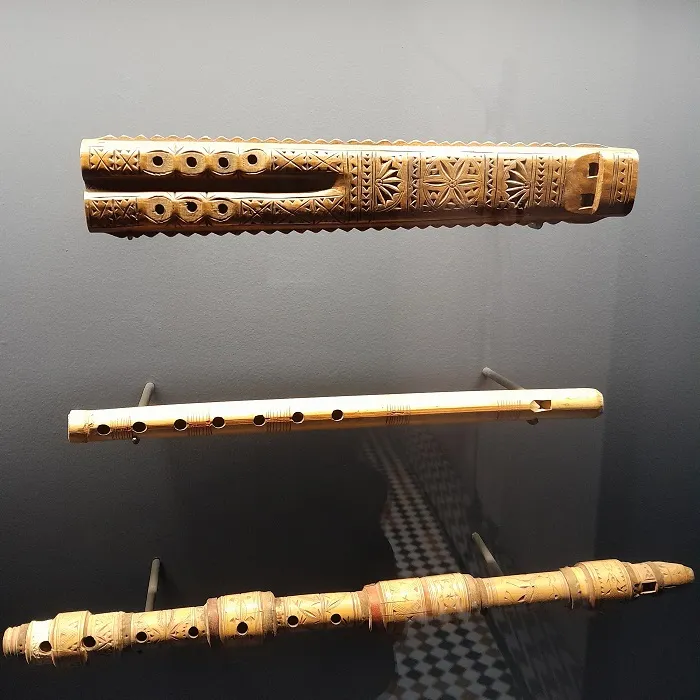
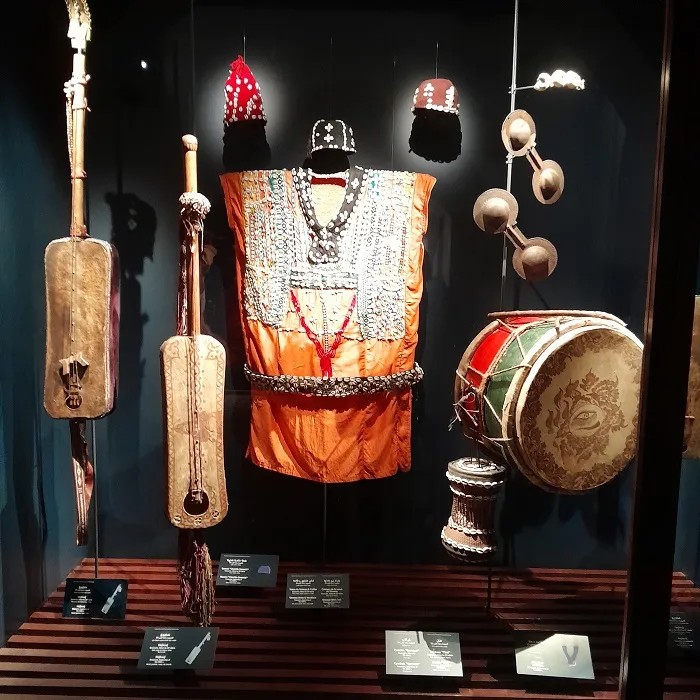
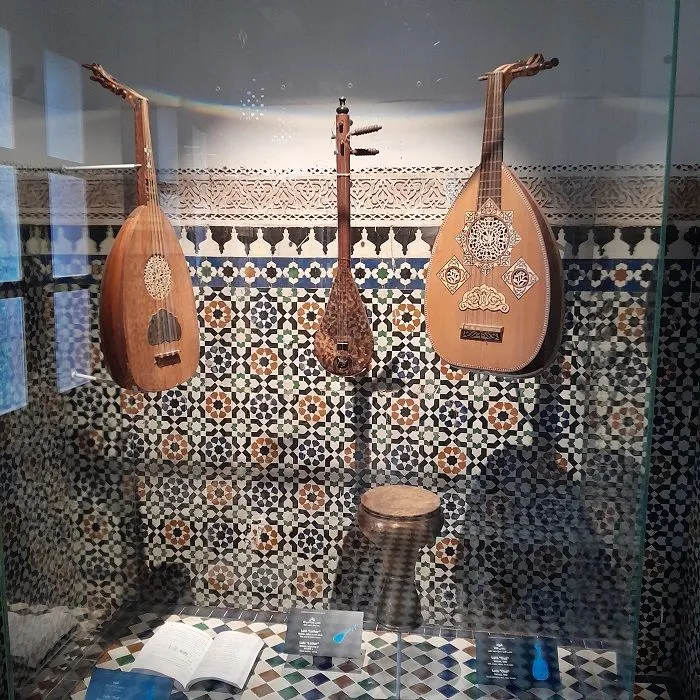
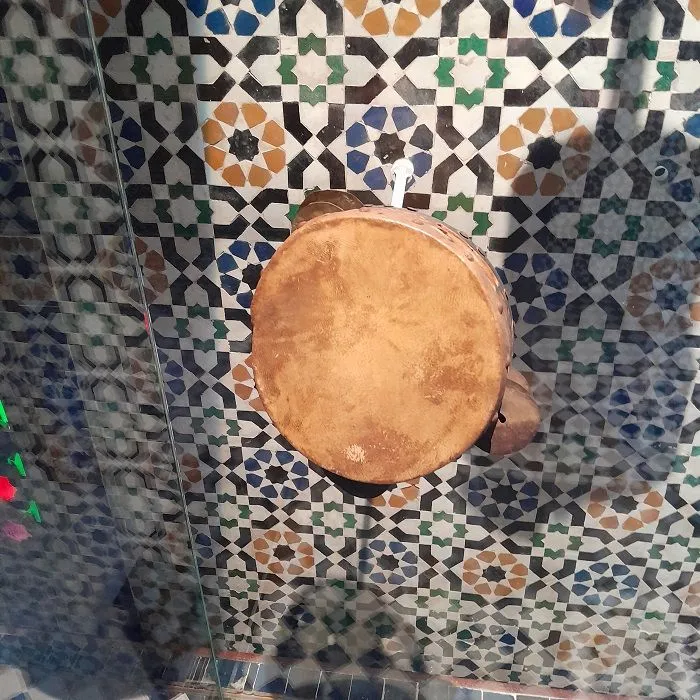
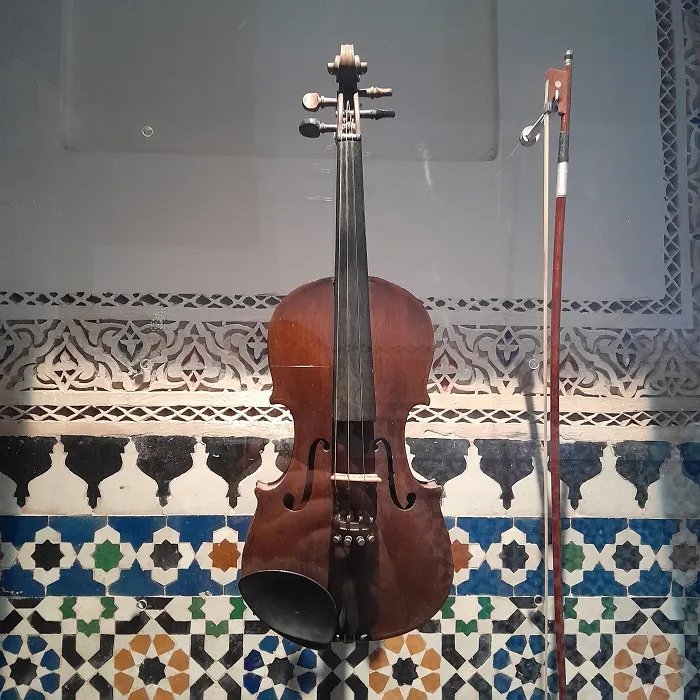
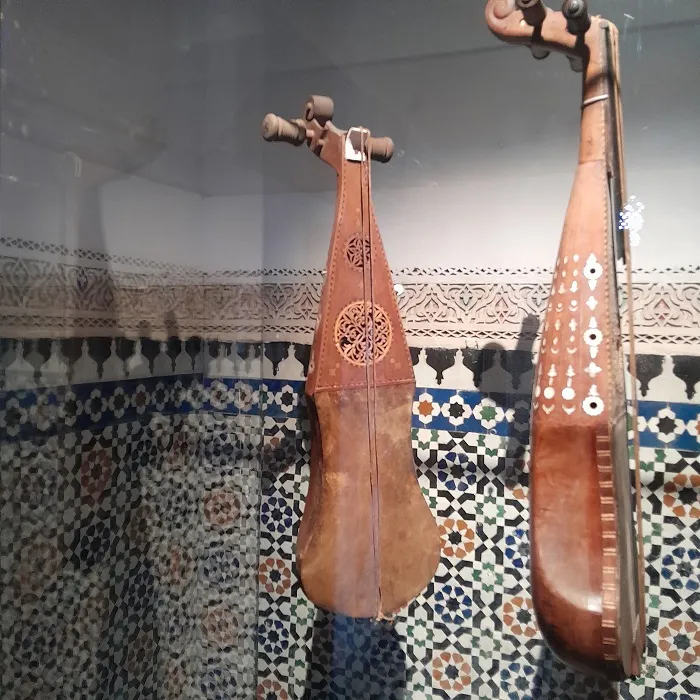
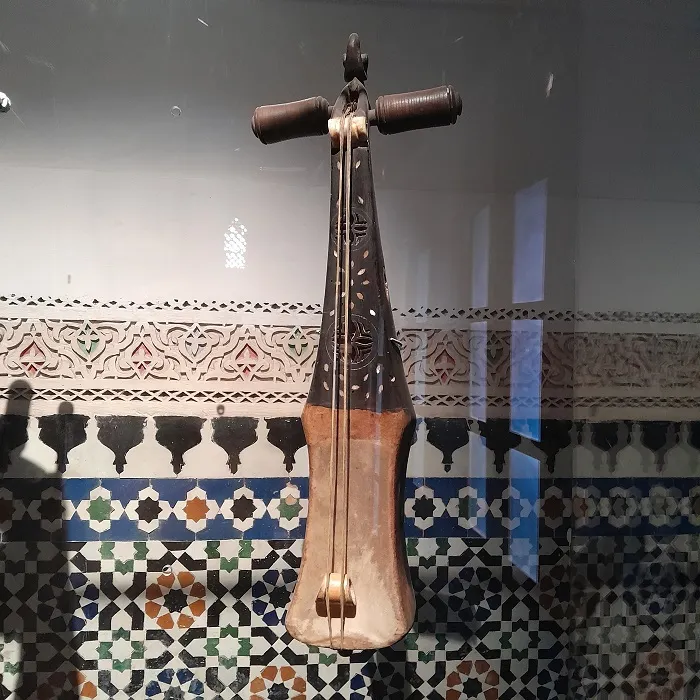
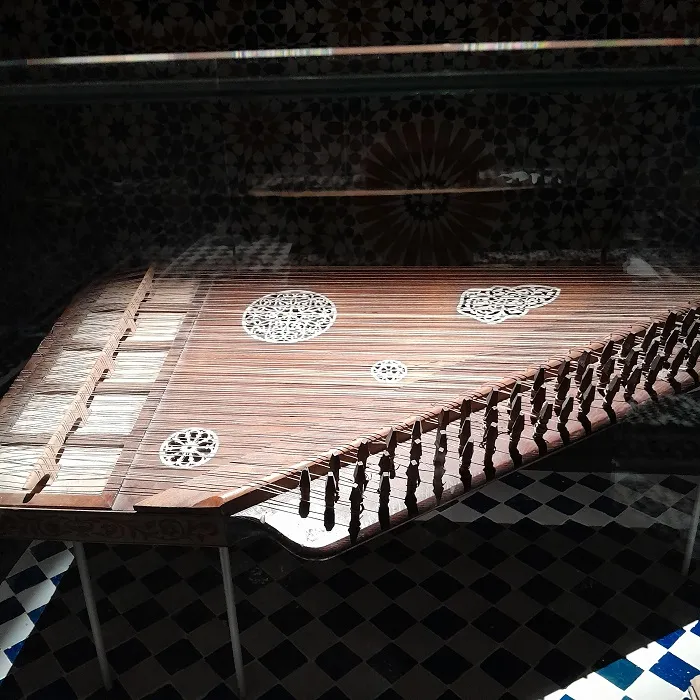
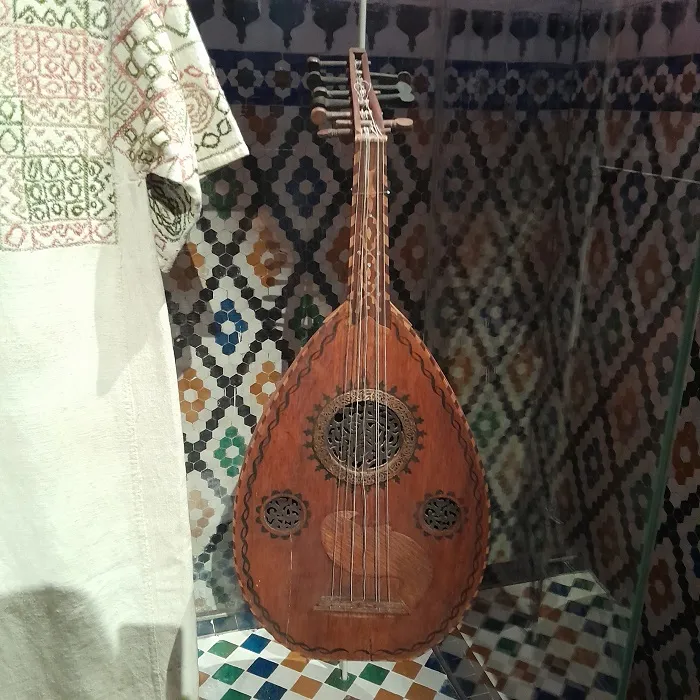
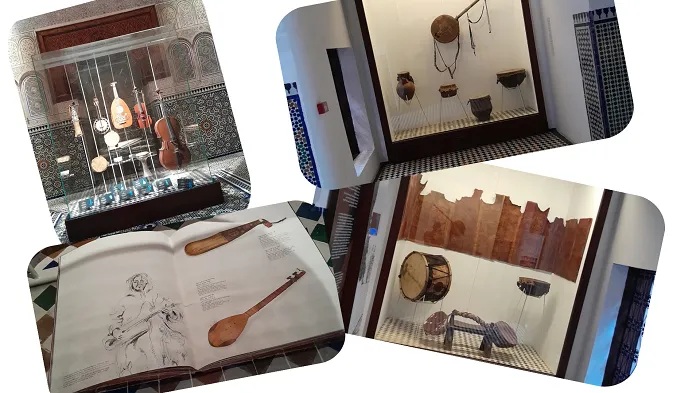
Inside the museum, the fascinating rooms house a collection of traditional Moroccan clothing. The exhibition takes visitors on a journey through time and Moroccan culture. These garments are not just pieces of fabric, they are full of history and meaning. The djellabas, with their timeless elegance, add a touch of sophistication to this collection.


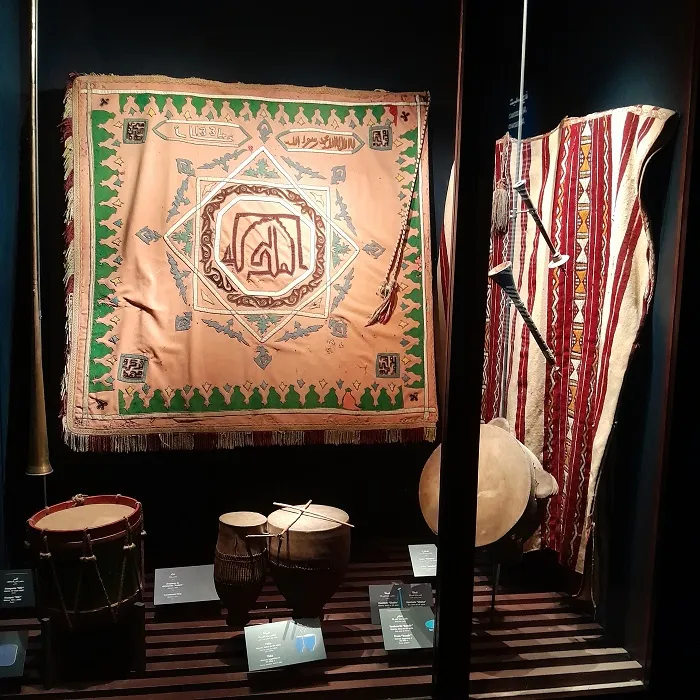
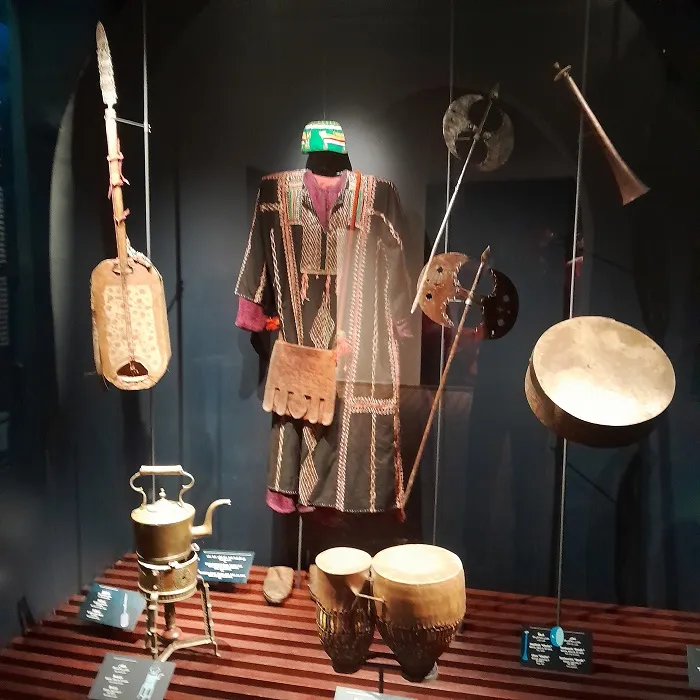
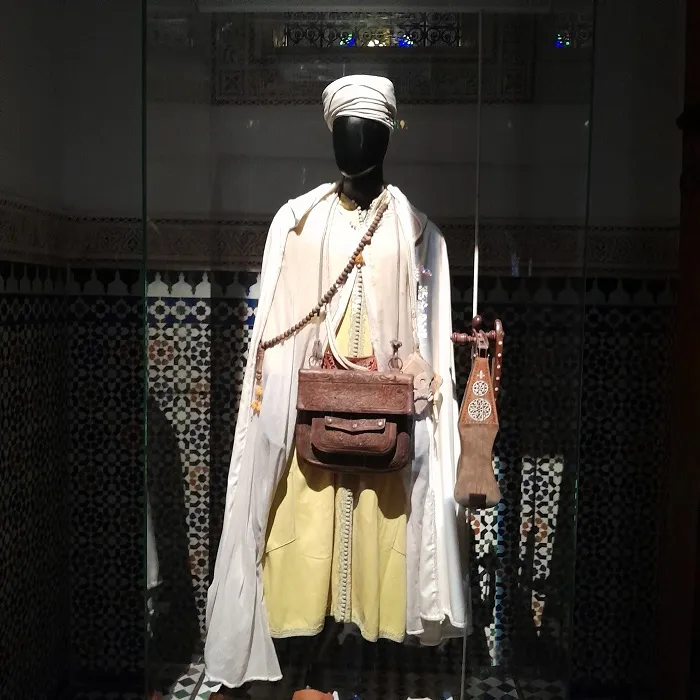
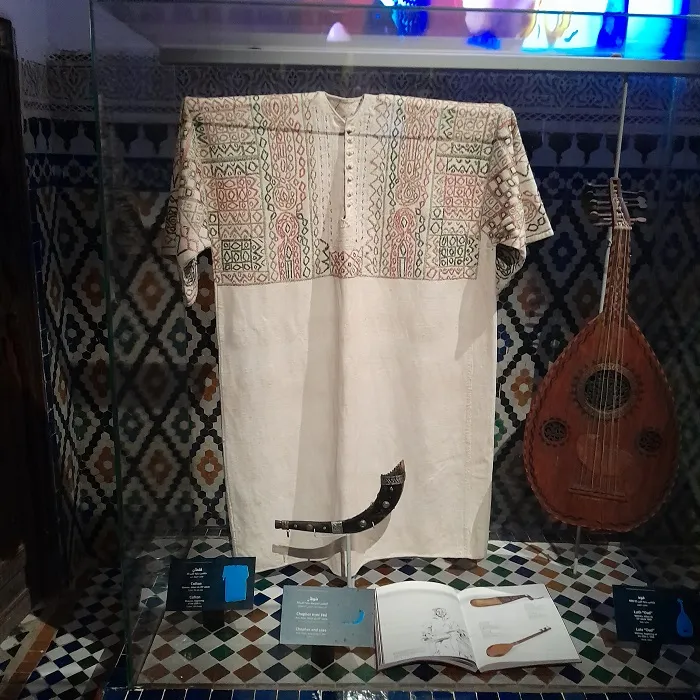
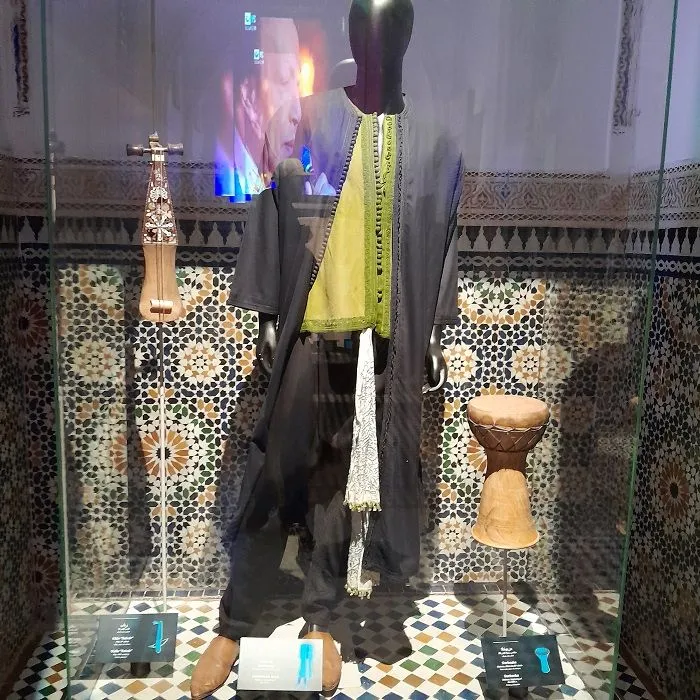
The shimmering fabrics and delicate hand embroidery tell the story of ancient techniques and family traditions. Each garment has its own story, a memory of the craftsman who designed it and the culture it represents. It's a real tribute to Morocco's textile heritage, where each piece reflects the identity and creativity of a people. Walking through these rooms, I feel a deep connection with the past and an admiration for local craftsmanship.
As I continued to explore the museum, I was transported into the hushed atmosphere of a traditional Moroccan palace. The walls decorated with colourful zelliges and the carved wooden ceilings are a feast for the eyes. Each room in the museum is like a work of art in its own right, highlighting the richness of our cultural heritage.
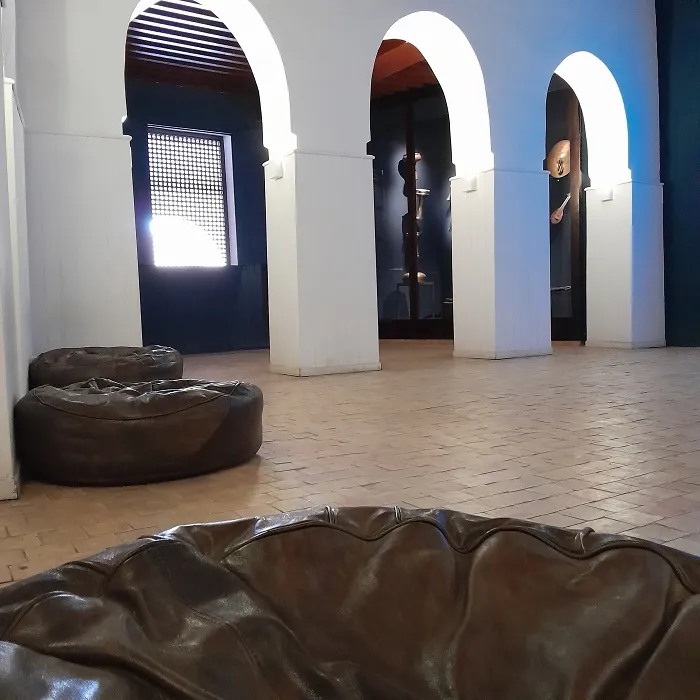
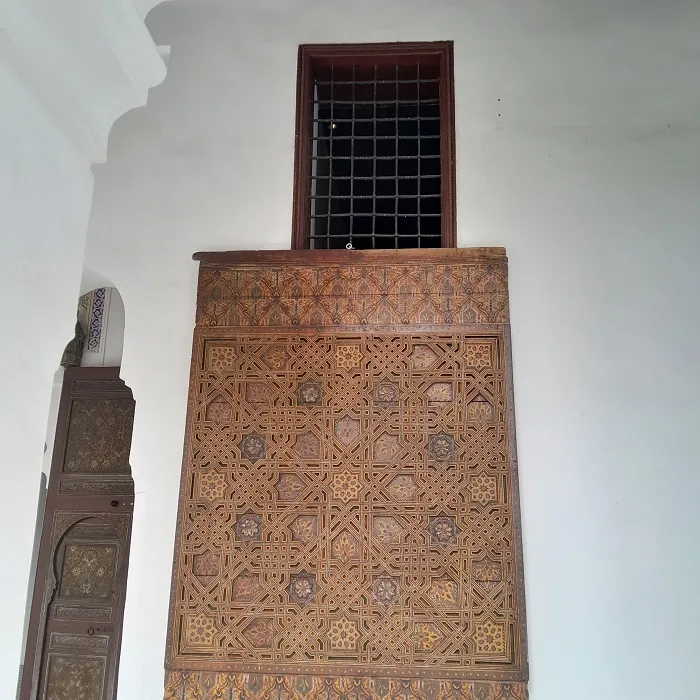
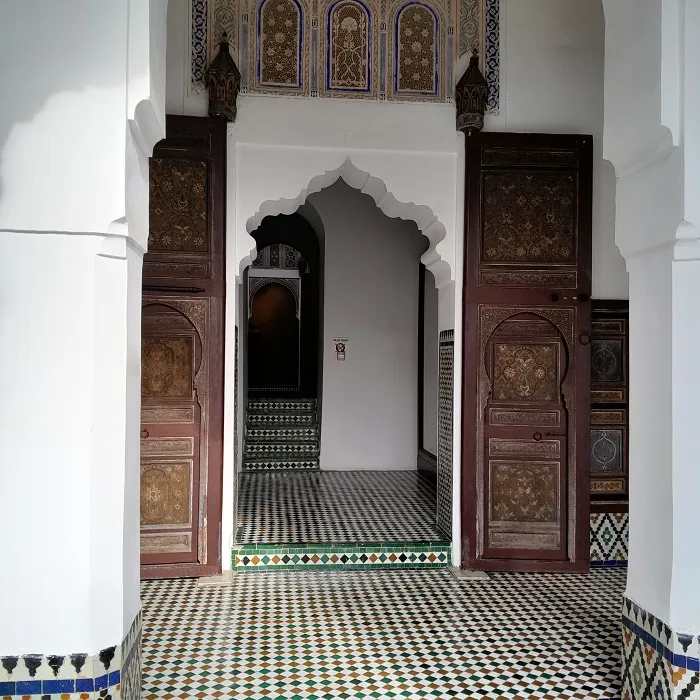
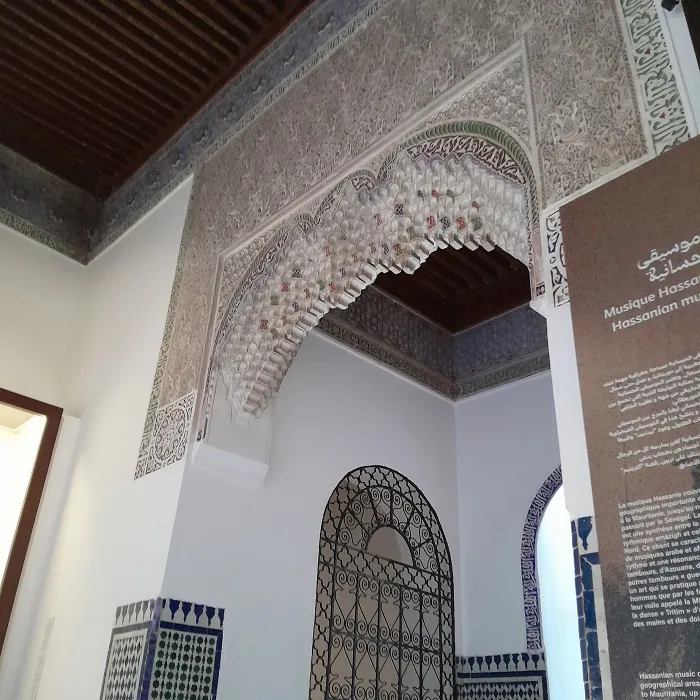
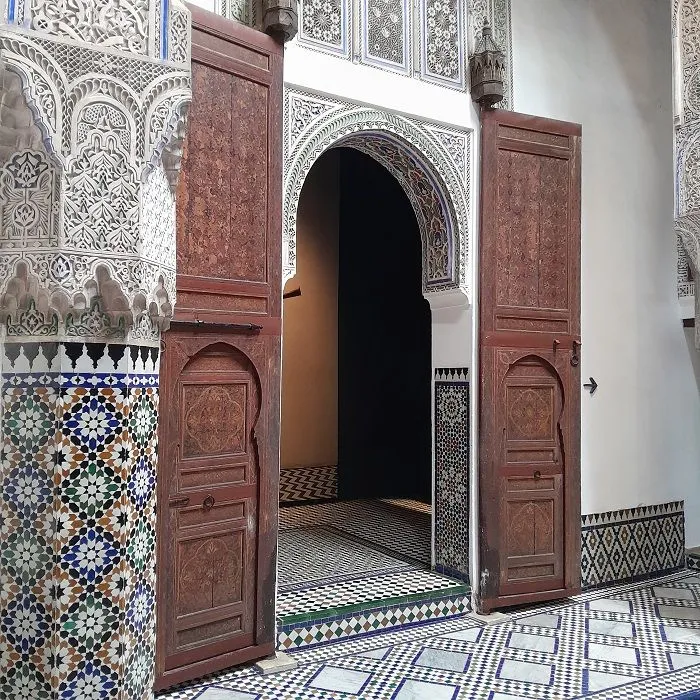
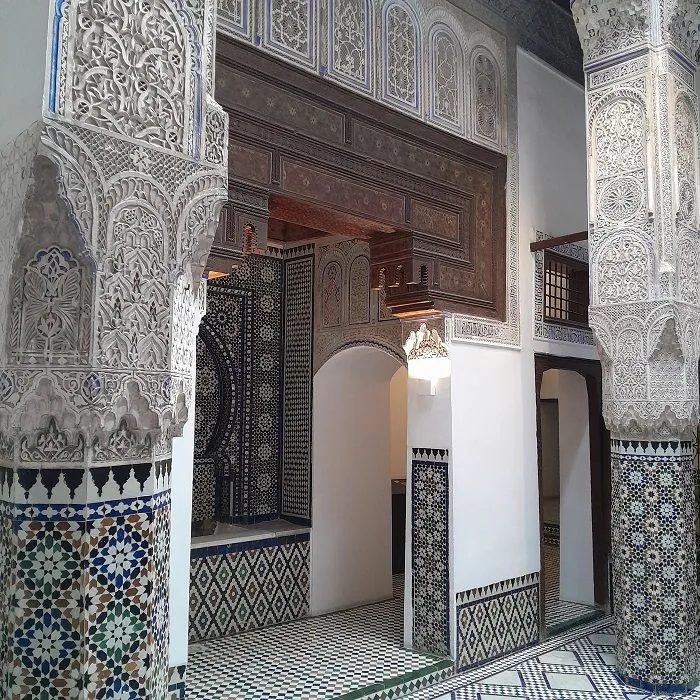
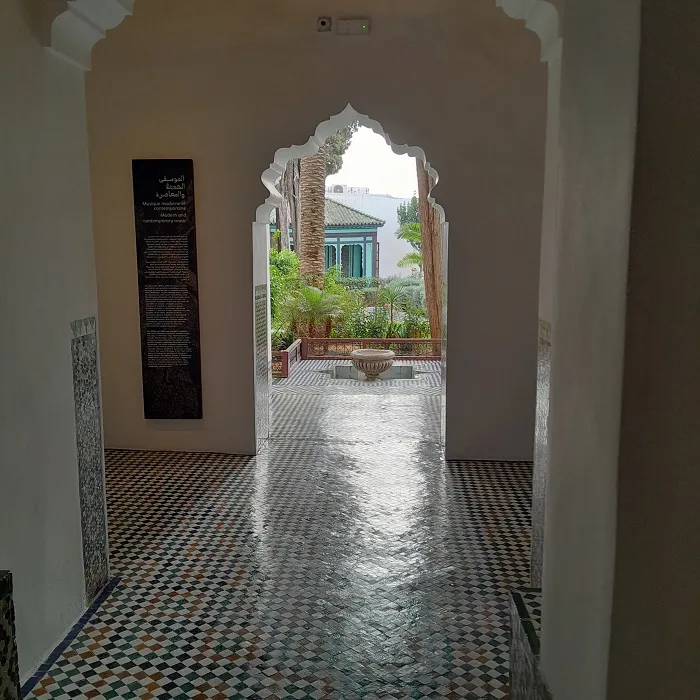

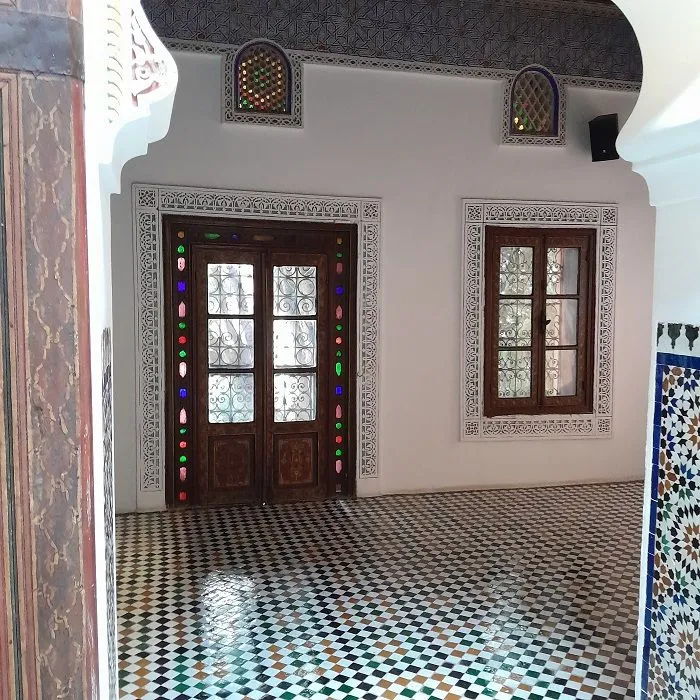
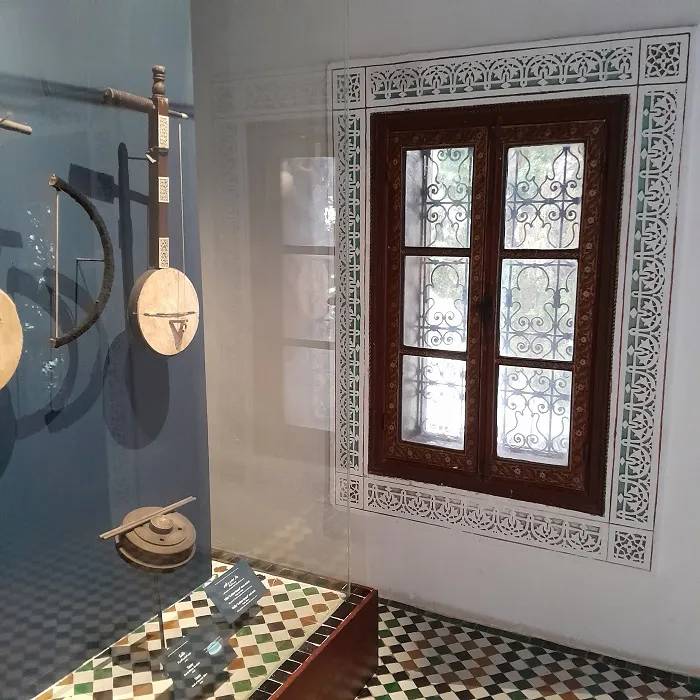
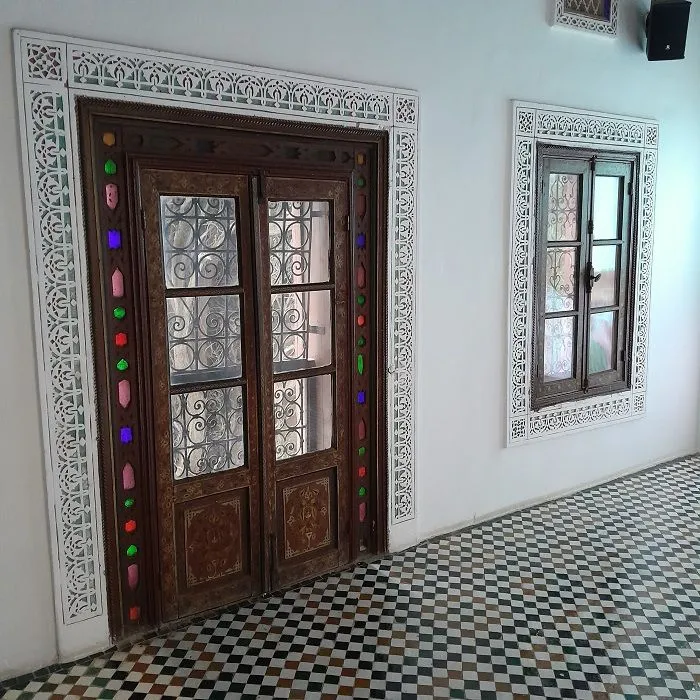
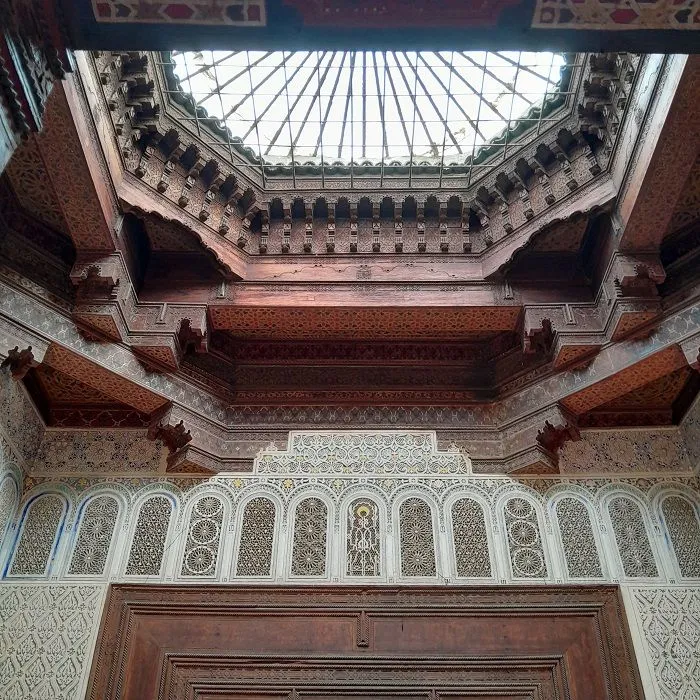
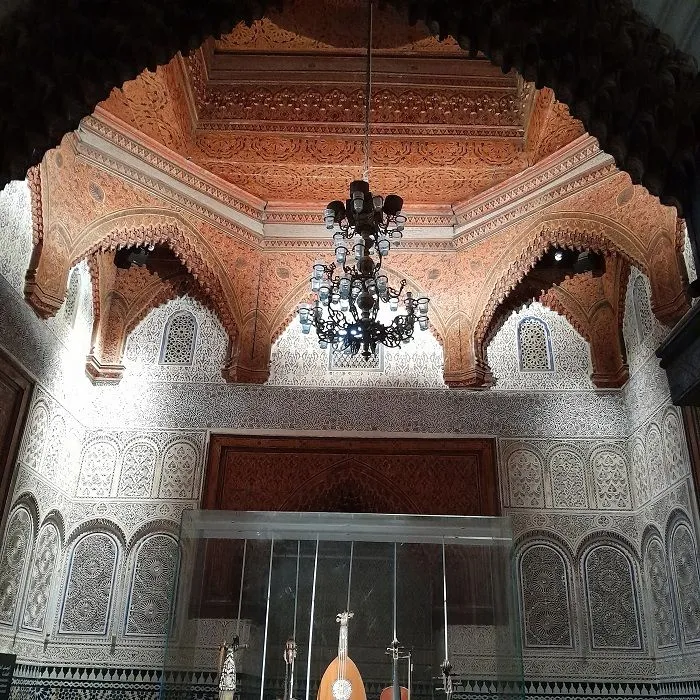
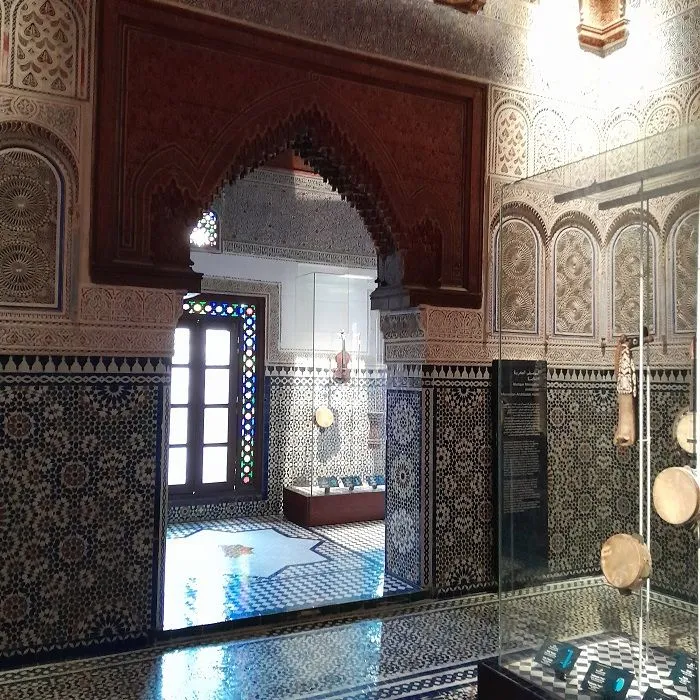
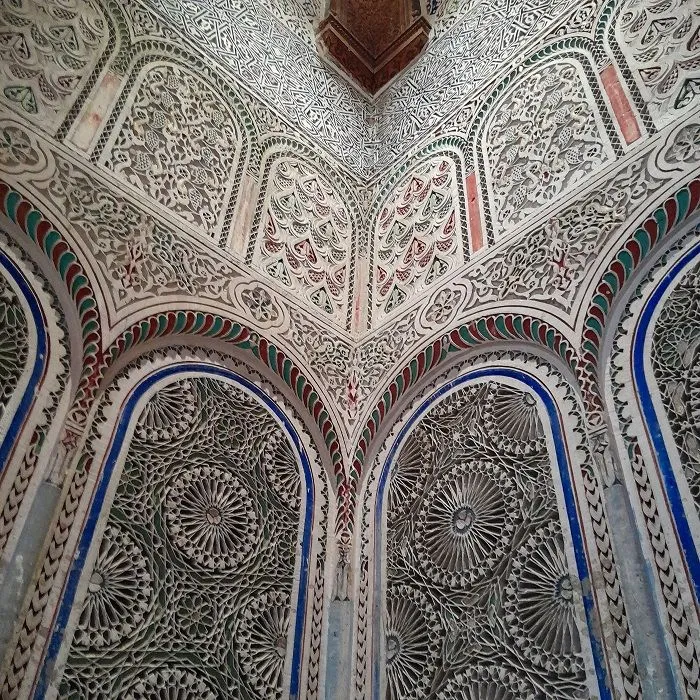
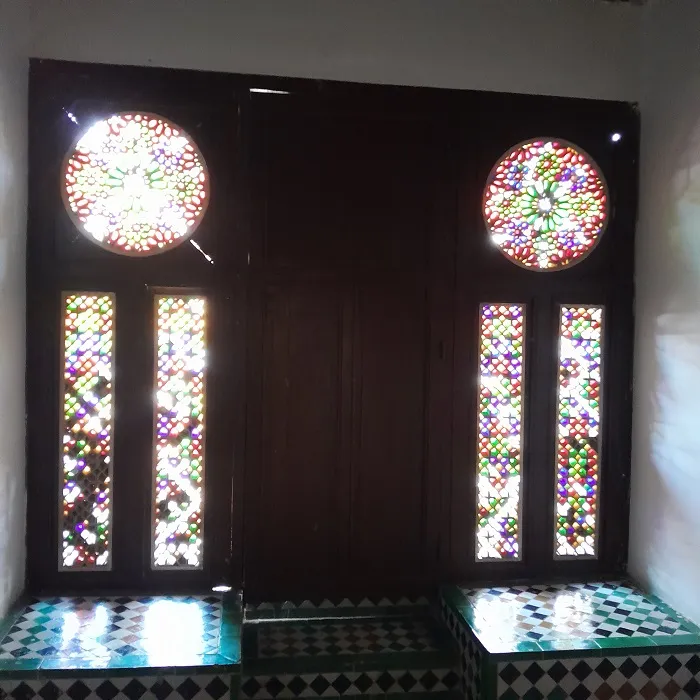
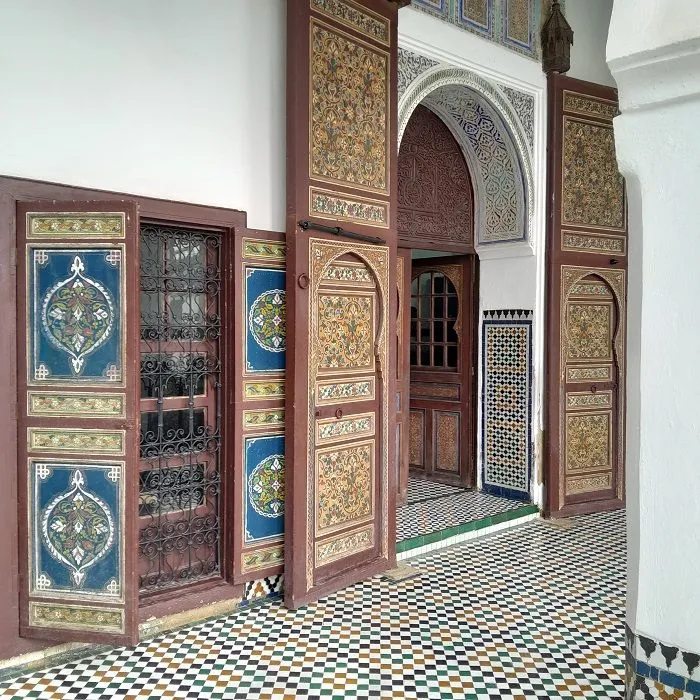
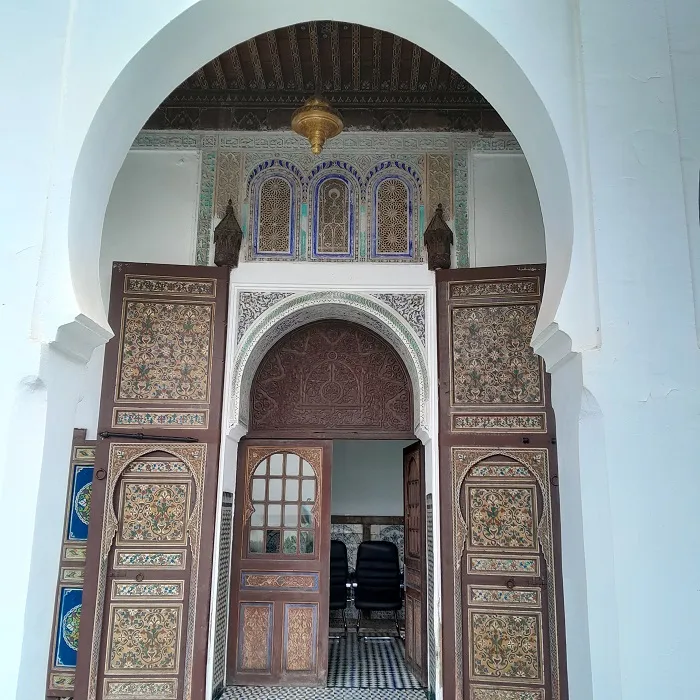
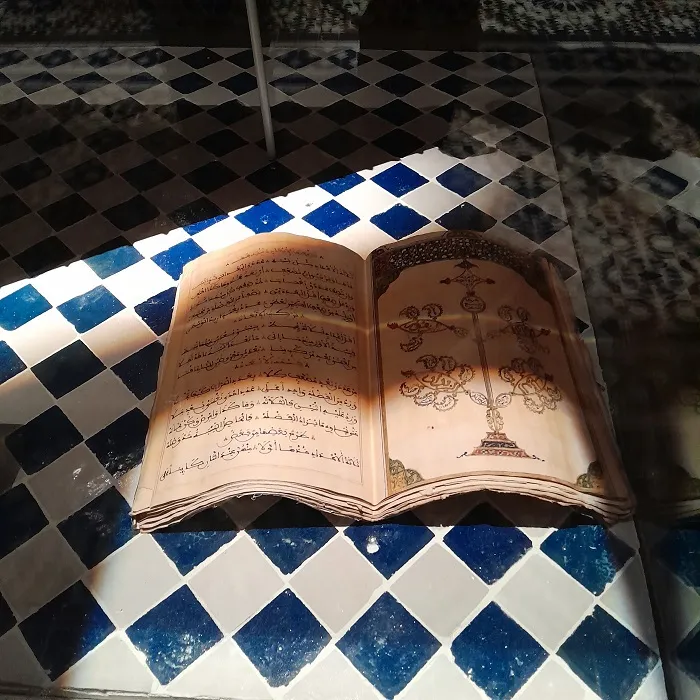
The Dar Jamaï museum in Meknes is a treasure trove not to be missed. Whether you're a history buff, an art lover or simply looking for a quiet place to recharge your batteries, you'll find what you're looking for here. The next time you're in Meknes, make a diversion to this museum. You won't regret it!
Thank you for taking the time to read, and I hope you'll want to visit this magical place soon.
My next post will be on the Moulay Ismaïl Mausoleum, which is not far from the Dar Jamai museum, and which is another interesting cultural site worth exploring. It's an impressive building in Meknes, dedicated to one of Morocco's most famous rulers, Moulay Ismaïl.
See you soon!

I'd like to thank you warmly for your feedback on my content. I'd also like to thank you for sharing and upvoting. Your support and encouragement motivate me enormously to continue sharing my experiences with you. Thanks to you, I feel inspired to create even more quality content!

Photos taken by my own phone (Samsung Galaxy A04s).
